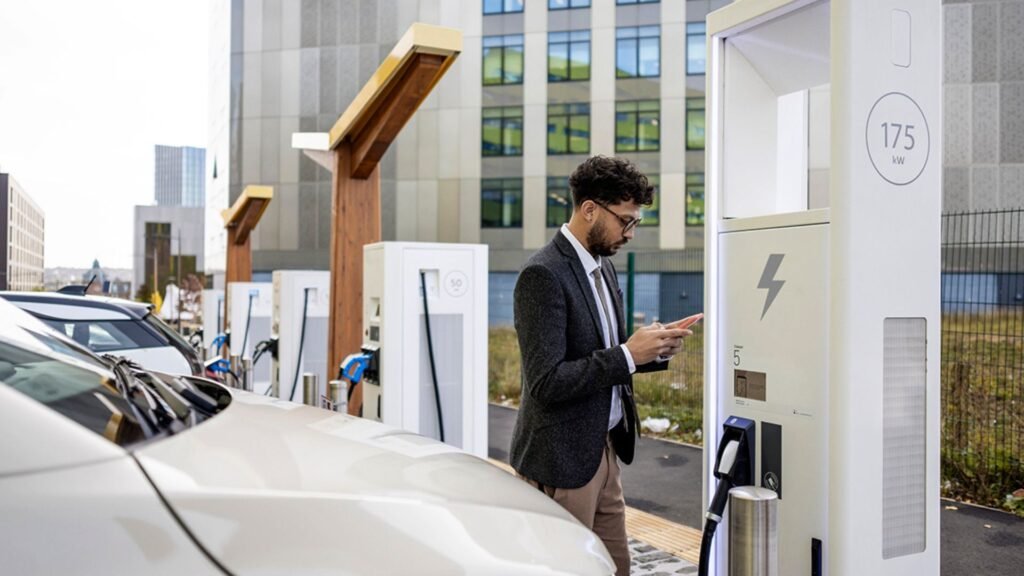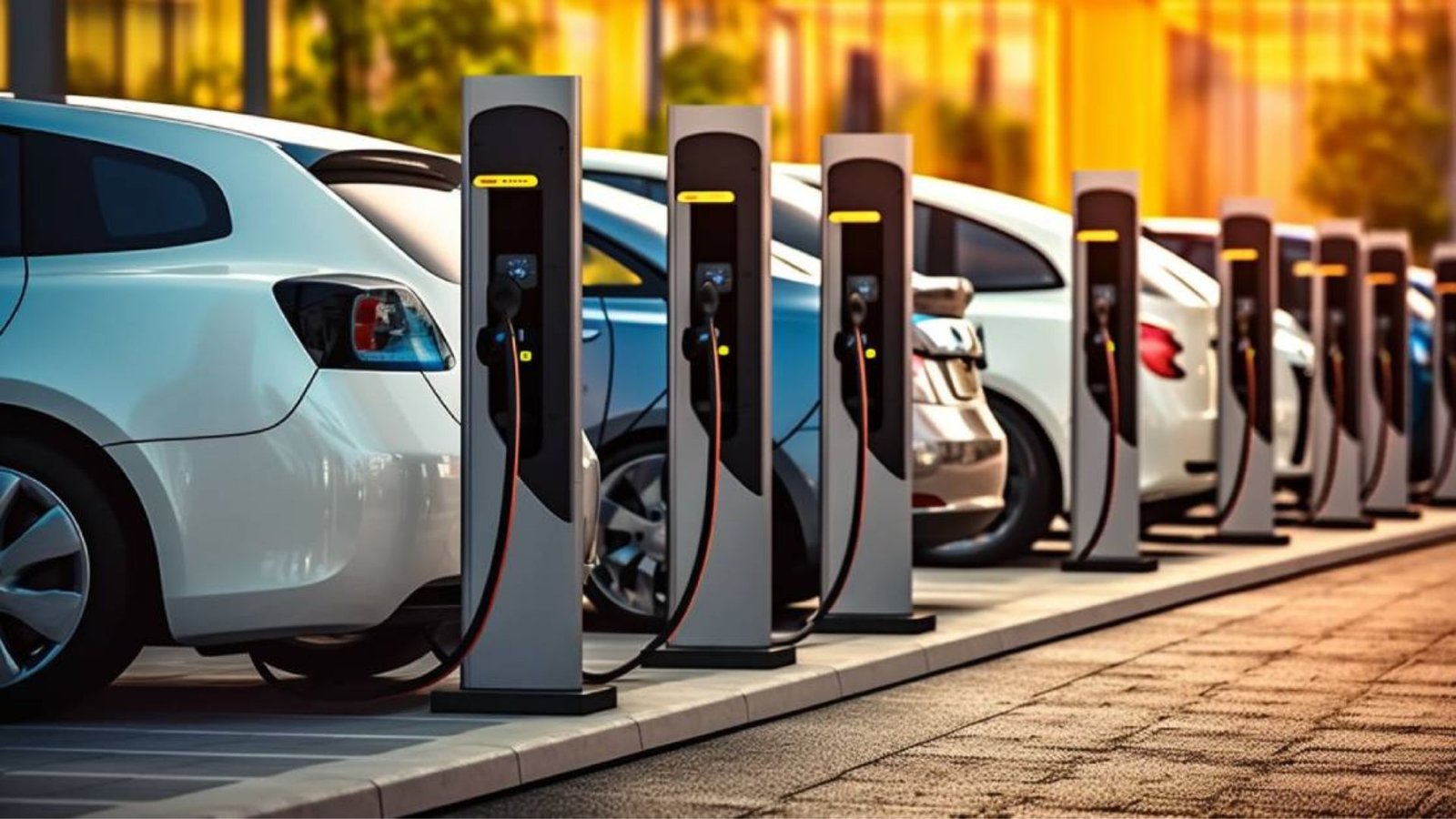How Cities Adopt Electric Vehicles
Cities around the world are increasingly adopting electric vehicles (EVs) as part of their strategy to reduce pollution and promote sustainable transportation. This shift is not just about using cleaner energy; it’s also about improving the quality of life for residents and building a more resilient urban infrastructure.

Why Are Cities Adopting Electric Vehicles?
Cities are major sources of air pollution due to the high concentration of vehicles. Traditional gasoline-powered cars emit harmful gases that contribute to poor air quality and climate change. To combat these issues, cities are adopting electric vehicles. EVs produce zero tailpipe emissions, making them a cleaner alternative to conventional vehicles.
Adopting electric vehicles helps cities meet their environmental goals, such as reducing greenhouse gas emissions. Additionally, as the technology improves and becomes more affordable, EVs are increasingly seen as a practical solution for urban transportation challenges.
Creating EV-Friendly Infrastructure
One of the key steps cities are taking to adopt electric vehicles is creating EV-friendly infrastructure. This includes installing public charging stations, which are crucial for supporting EVs. Without a convenient and reliable network of charging stations, residents may be hesitant to switch to electric cars.
Expanding Charging Networks
Many cities are investing in expanding their charging networks. They are installing charging stations in public areas, such as parking lots, shopping centers, and along major roads. Some cities are also introducing fast-charging stations that can quickly recharge a vehicle, making it easier for drivers to keep their cars powered up while on the go.
Incentives for Electric Vehicle Adoption
To encourage residents to switch to electric vehicles, cities are offering various incentives. These incentives make it more affordable and attractive for people to buy EVs.
Financial Incentives and Rebates
Some cities provide financial incentives, such as rebates or tax credits, to reduce the upfront cost of purchasing an electric vehicle. Others offer free or discounted parking for EVs or allow EV drivers to use carpool lanes even when driving alone. These incentives help make electric vehicles a more appealing option for city residents.
Electric Buses and Public Transportation
Cities are not only focusing on individual electric vehicles but also on electrifying public transportation. Electric buses are becoming increasingly common in urban areas, offering a cleaner alternative to traditional diesel-powered buses.
Benefits of Electric Public Transport
Electric buses produce no exhaust emissions and are quieter than their diesel counterparts. This leads to improved air quality and reduced noise pollution in cities. Additionally, electric buses are often cheaper to operate in the long run due to lower fuel and maintenance costs.
Collaborations with Private Companies
Cities are also collaborating with private companies to accelerate the adoption of electric vehicles. These partnerships help cities access new technologies and resources that can support the transition to electric mobility.
Public-Private Partnerships
For example, some cities are working with electric car manufacturers to develop charging infrastructure or to offer shared electric vehicle services. Others are partnering with energy companies to ensure the availability of renewable energy for EV charging, further reducing the carbon footprint of electric vehicles.
Overcoming Challenges in Adopting Electric Vehicles
While the adoption of electric vehicles offers many benefits, it also presents some challenges. One major challenge is the initial cost of transitioning to electric vehicles and building the necessary infrastructure. However, many cities are finding ways to overcome these challenges through careful planning and investment.
Addressing Range Anxiety
Another challenge is range anxiety, where drivers fear running out of power before reaching a charging station. Cities are addressing this by ensuring that charging stations are widely available and by promoting vehicles with longer battery life. As technology advances, these concerns are becoming less significant.
Conclusion
In conclusion, cities are adopting electric vehicles to create a cleaner, healthier, and more sustainable environment for their residents. Through the development of EV-friendly infrastructure, offering incentives, and investing in electric public transportation, cities are leading the way in the transition to electric mobility. Although there are challenges, the benefits of adopting electric vehicles are clear, and cities around the world are embracing this change for a brighter, greener future.

